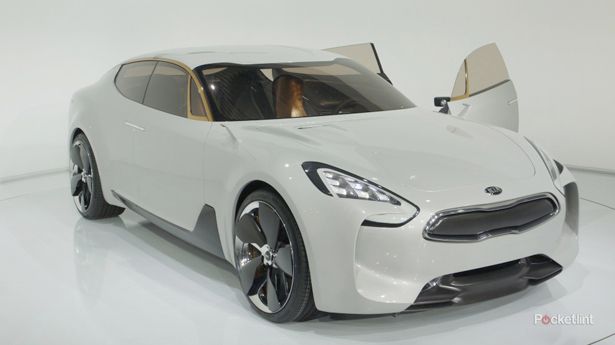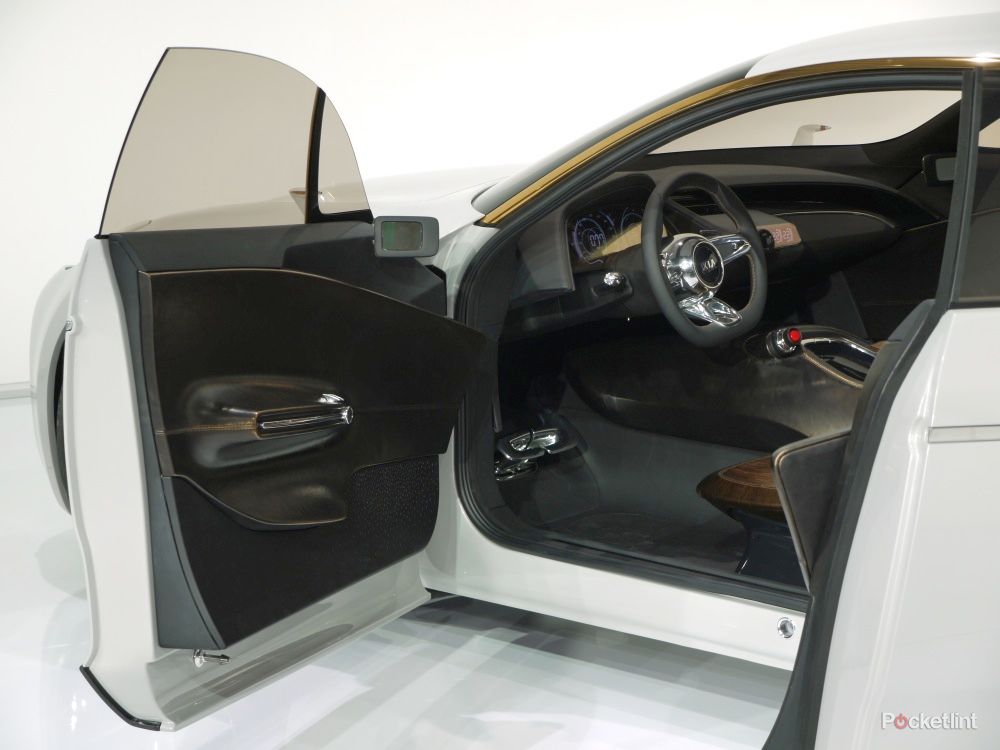Still think Kia is a value brand you buy just for its long warranty? Think again, that time has long gone.
Kia now has some of the most impressive production car designs on the road (thanks to former Audi design boss, Peter Schreyer for that) and at this week’s Frankfurt motor show, it showed its latest concept car - the GT - a large saloon which shows the company intends to build a BMW M5 rival.
For those more interested in the technological vision than the potential driving dynamics, the GT’s a real treat. Following on from the "Pop" concept shown in Paris last year, the GT features a new, triple-layer Transparent OLED (T-OLED) display instead of the regular instrument cluster. It’s technology that’s coming to the mobile phone market and which we’ve seen much of in consumer electronics in recent years at shows like CES.
Frankfurt is full of cars with smartphone and tablet displays replacing the conventional dash, but Kia is out on its own at the moment with these T-OLEDs; thanks to its Korean background and the links it has with a certain mobile phone manufacturer that also comes from the country (the firm is tight-lipped on which supplier firm has developed this system, but if we gave you two guesses, we suspect you might get it right...)
It’s a highly impressive main display, incorporating the music, navigation and other infotainment displays into the main dials (there’s no centre screen here). But Kia’s carried the technology through to the centre console, using it as the technology for the climate control display too. Check out the controls for the gears, starter and climate too, which fit with the compact, layered theme of the displays.
The gossip on the show floor here in Frankfurt was that this idea surprised - and impressed - Kia’s rivals. We saw the likes of Volkswagen and Jaguar executive teams paying visits and asking about the display technology. Expect this kind of thing, in a slightly less full-on format, to reach a car near you within the next 3 years.
It seems that, as with consumer electronics, the Korean car manufacturers are no longer playing second fiddle to the Europeans, Japanese and American brands. In fact, most we spoke to think that, in terms of both technology and design, Kia is now leading the world.


